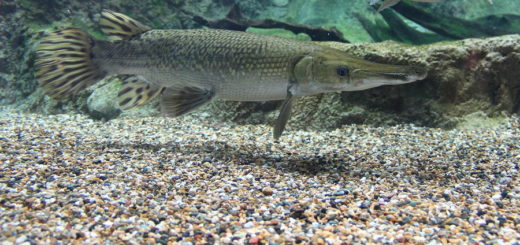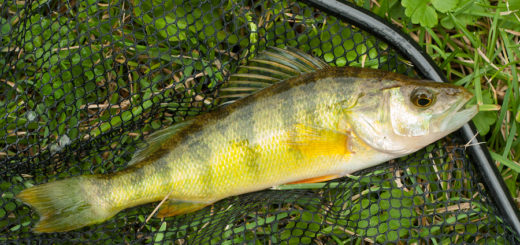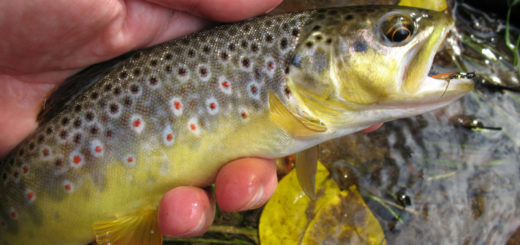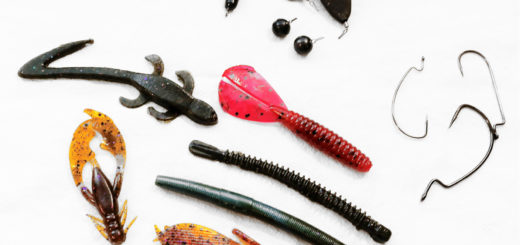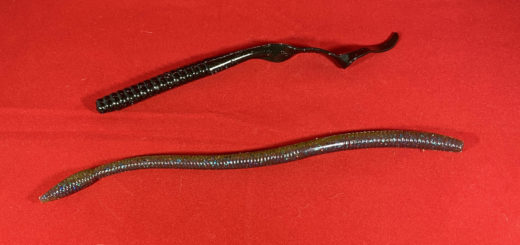Among fish, when it comes to flavour the Whiting takes centre stage due to the unique taste and texture of its meat. These inshore marine fish are common in stretches of coastal waters and normally lurk in sandy / muddy areas that have sea grass or reef as cover.
As unique and as tasty as they are, to catch them also proves to be a challenge to most anglers, due to the fact that the Whiting typically sucks its prey from the sandy or muddy substrate that it occupies. This is coupled with the fact this particular species of fish is very selective about what it eats, making it even harder to lure when using bait.
Based on the experiences of seasoned anglers, the best types of bait to use for the Whiting are sand-worms (beach-worms) and bass yabbies (nippers), when using these two live baits, they should be positioned close to the bottom of the water column in order to be within the Whiting’s feeding range.
To do this, the most simple way is to use a sinker, coupled with a short leader extending to the bait. Whiting are known to go for both sand-worms and bass yabbies that are approximately 30cm or less from the river bed, they are not in the habit of chasing after prey in open water, as this would expose them to larger predators.
This habit whiting have makes them an easy target to target to the angler, but as fishing for most other species involves keeping the bait further into the water column, this is why so many people not specifically targeting whiting will often not land one very often. To maximise your whiting catches over other species, always keep the bait on a sinker, and on a leader no more than 30cm in length.
Although dead-bait such as frozen sand-worms, shrimp and molluscs can be used, the best bait to attract the Whiting is live bait.
If you are not too good with handling live bait, then frozen bait would be your second best option towards bagging a good sized fish.
Bait Pumping
Catching live bait is not too difficult with the help of some common fishing tackle, a bait pump set up along the wet tide lines at low tide will help you net some Bass Yabbies. Bait pumps are not only cheap, but make obtaining bass yabbies a simple process.
On the other hand to get your hands on sand-worms an entirely different process would need to be applied. Sand-worms are quite lengthy and have a remarkable hold deep in the wet sand. The best way to find sand-worms is to do it manually and this could be accomplished by placing dead bait such fish gut into a small mesh net, and brushing this mesh net over the bottom of the wet sand as the tides edge passes through.
This stirs the sand-worms to poke their heads out in response to the scent they detect from the bait net. The moment you spot them, use a peeled prawn or pipi flesh to feed the head which is poking out of the sand, they will start feeding on this small piece of meat you have provided them, and once their head is out and feeding, use pliers to grip the head about 1 inch below the top and gently pull them out, while maintaining a constant pressure so that you do not break the head off the sandworm, and at the same time ensure they come out of the wet sand easily.



